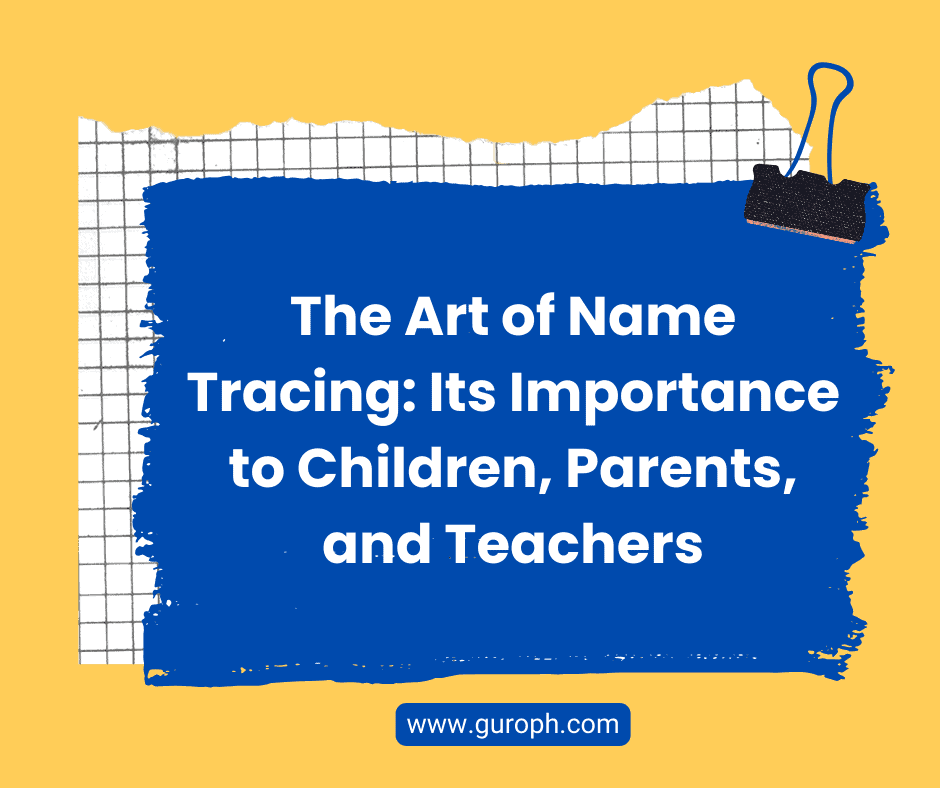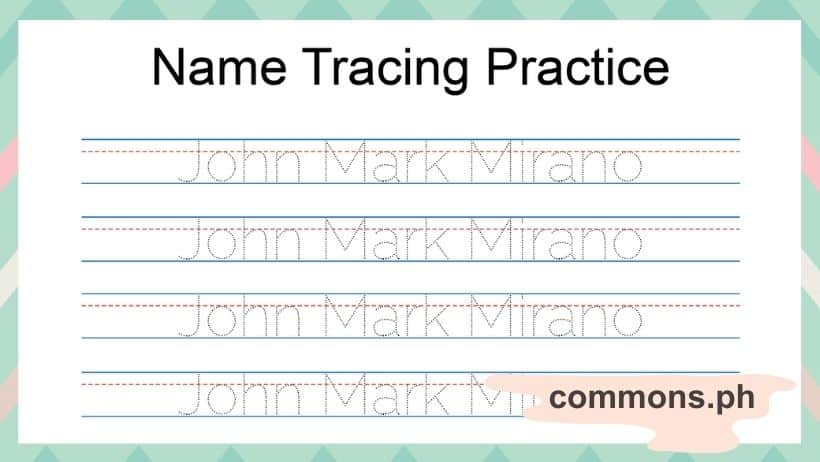Discipline as defined synonymous means castigation, chastisement, correction, punishment.
But dealing with it as an educator in the generation of learners who gets almost everything independently in a jiffy instant, expect it would be a challenge to kick discipline in place.
To be able to ground discipline, the first thing to put in mind is to understand your role as the authority in the classroom. Being a 21st-century teacher, the role that must be played is to facilitate and moderate the learning – which is apart from the usual feed of just directing what’s right and what’s wrong, but rather leading to the understanding why is it right and why is it wrong.
According to the special edition of The Professional Teacher Magazine by PAFTE (The Philippine Association for Teacher Education), the teacher leader’s role is divided into two functions which are leading and administering. The outcomes that bear among the actions are for the teachers to find ways in satisfying needs, innovating, providing learning opportunities and maintaining group morale. Considering this structure, we may come to study that teaching and discipline must fall into making social connections among learners and the group they would have chosen to be with.
Once you collect yourself essentially as the authority, the next thing to understand is the kind of learners you have at hand, considering the diversity in every class, in every learner.
Here are some of the general characteristics that best describes a Gen Z learner:
- They like to be in control – they won’t prefer traditional schedules. They favorably
choose technology over almost everything, such as studying, researching, exploring, or doing any activity. - They are group-oriented and civically engaged to the world via media. Gen Z learners constantly exposed themselves to social issues and actively engaged in expressing their thoughts. They enjoy collaborating their thoughts and knowledge to innovate and dig deep rationally.
- They think differently and always find options – In a project-based environment, millennials seek for different strategies and techniques in dealing with tasks and activities. They think outside the box considering they would be able to accomplish using new and creative ways they would enjoy doing.
Going back to discipline, here are some disciplinary problems that may possibly root from a certain cause in handling a Gen Z learner.
- Disruptions and improper student responses and reactions due to unfavorable learning conditions.
- Teacher’s poor management skills that hinder proper handling of conflict situations leading to worst scenarios.
- Student’s varied backgrounds that covers family background, physical and mental capacities and emotional traits among others that may possibly contradicts the perception of respective attitudes, interest, and abilities.
Knowing these disciplinary problems and its possible causes, here are some ways to at least avert these conflicts:
- Employ more group-oriented methodologies
- Use varied teaching techniques
- Most importantly, develop patience, compassion, genuine respect and care for your learners as well as your role as the authority
Digging deep into establishing discipline/classroom control, here are its various modes:

Authoritarian:
less of students’ participation, dictatorial, insists rules discipline is exclusively a responsibility of the teacher
Assertive:
discipline is both a responsibility of the teacher and students learners participate in formulating discipline and expect to observe behavior
Laissez faire: students can do as they please
To better help you assess if your discipline methods are fair and effective, you could try The Canter Model of Assertive Discipline.
[see:
http://www.unm.edu/~jbrink/595/resources/Assertive_Discipline.doc
http://www.behavioradvisor.com/AssertiveDiscipline.html
http://www.behavioradvisor.com/AssertiveDiscipline.html ]
Is it really that hard to discipline a 21st Century Learner?
To be honest, no one can’t say it’s easy, but it’s never impossible.
Try to think of this – as a teacher, if we would be able to hand our students a fair and proper way of discipline, imagine what kind of learners we are producing. Imagine the kind of citizen, the kind of youth we are forming for tomorrow.
References:
Corpuz B.,PhD et. al., (2018). The professional teacher magazine. Special edition. Quezon, City. Lorimar Publication Inc.
Corpuz B.,PhD et. al., (2015). Principles of teaching 1. 4th edition. Quezon City. Lorimar Publishing, Inc.
More premium learning materials at Education PH, your reliable partner for learning and success. Sa halagang P499/year, makakadownload ka na ng mga premium learning materials para sa iyong anak o estudyante.


To be honest I’ve been teaching for 27 years and as a teacher this my observations the children now a days have a big difference from the older one.. I’ve handled grade 1 pupils for 10yrs. And when it comes in disciplining them it is so easy and they are intelligent also .Not unlike today the mellinials children its hard to implement discipline and one thing some are cannot comprehend because sometimes of parents factor.
Gen X really hard to discipline, they have all reason in everything you say. But as an adult we must give them the consequences and let them realize the good side of evrything
Patience is a virtue for Gen Z learners
Thanks for the new knowledge.
Thank you for the positive inputs.
Gen z are kind of learners who are active and always want to know the correct answer for every question.
They need to be loved too.
Thank you.